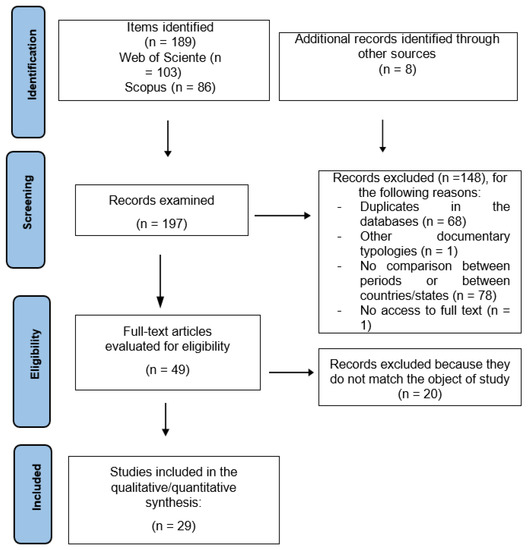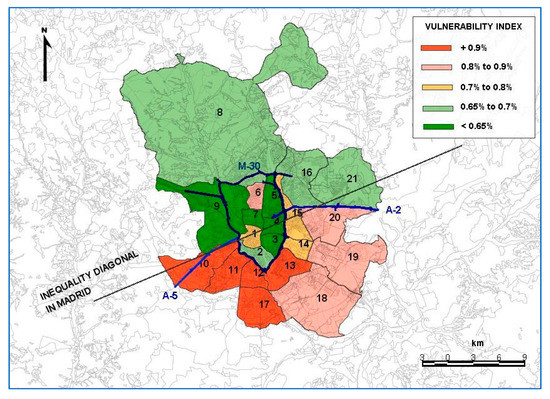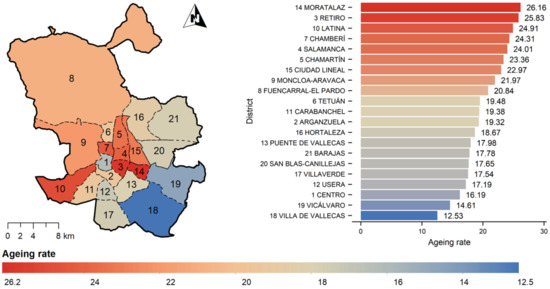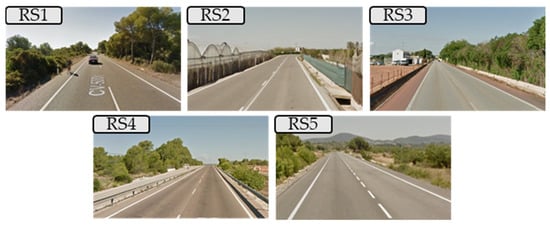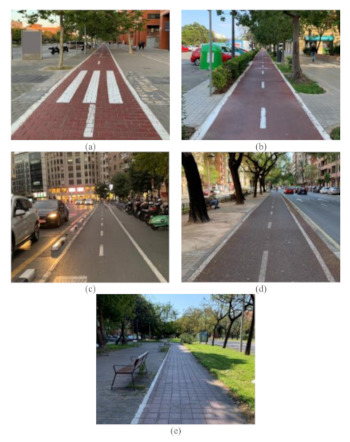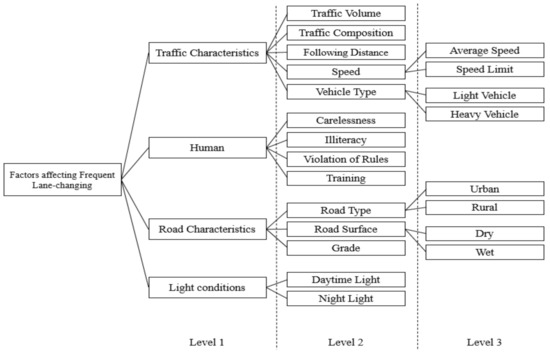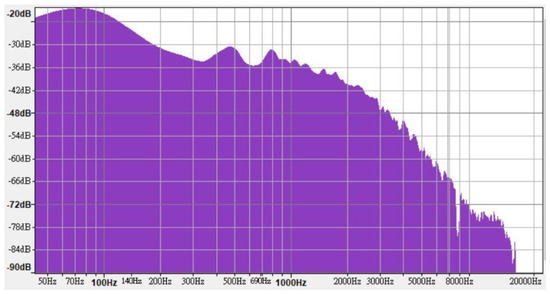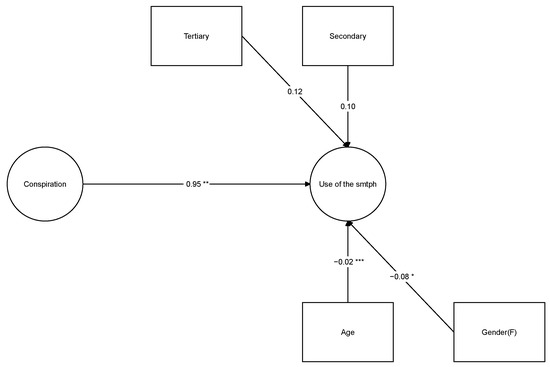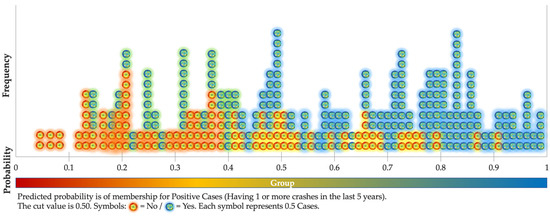Traffic and Road Safety: Multifactorial Analysis of Driving and Walking Behavioral Style (Closed)
A topical collection in International Journal of Environmental Research and Public Health (ISSN 1660-4601).
Viewed by 28789Editors
Interests: public transit; sustainable transportation; urban safety; safe mobility; emerging countries; pedestrian behavior; cyclist behavior; preventive measures
Special Issues, Collections and Topics in MDPI journals
Interests: road safety; emerging countries; safety measures; road safety education; vulnerable users
Special Issues, Collections and Topics in MDPI journals
Topical Collection Information
Dear Colleagues,
According to the 2018 Global status report on road safety, launched by the WHO in December 2018, the number of annual road traffic deaths has reached 1.35 million. Road traffic injuries are now the leading killer of people aged 5-29 years. The burden is disproportionately borne by pedestrians, cyclists and motorcyclists, in particular those living in developing countries.
There are several different factors influencing driving and walking, ranging from those regarding the vehicle itself, to the human factor, to those intimately related to the design of infrastructure and/or traffic regulation (both on a normative and operative level).
Additionally, the ways of moving are experiencing changes in many countries, to the point that we can observe an increase in transportation by bike, due to, among other reasons, the promotion by national and local governments, as well as the appearance of a series of personal mobility vehicles, among which skates particularly stand out.
Hence, this Topical Collection aims to collect research experiences performed in different contexts that contribute to obtaining a better knowledge of this topic, and, therefore, researchers are encouraged to submit their papers.
Papers addressing the development and validation of new instruments, as well as the assessment of measures and countermeasures through multidisciplinary approaches, are particularly welcome.
Prof. Francisco Alonso
Prof. Cristina Esteban
Collection Editors
Manuscript Submission Information
Manuscripts should be submitted online at www.mdpi.com by registering and logging in to this website. Once you are registered, click here to go to the submission form. Manuscripts can be submitted until the deadline. All submissions that pass pre-check are peer-reviewed. Accepted papers will be published continuously in the journal (as soon as accepted) and will be listed together on the collection website. Research articles, review articles as well as short communications are invited. For planned papers, a title and short abstract (about 100 words) can be sent to the Editorial Office for announcement on this website.
Submitted manuscripts should not have been published previously, nor be under consideration for publication elsewhere (except conference proceedings papers). All manuscripts are thoroughly refereed through a single-blind peer-review process. A guide for authors and other relevant information for submission of manuscripts is available on the Instructions for Authors page. International Journal of Environmental Research and Public Health is an international peer-reviewed open access monthly journal published by MDPI.
Please visit the Instructions for Authors page before submitting a manuscript. The Article Processing Charge (APC) for publication in this open access journal is 2500 CHF (Swiss Francs). Submitted papers should be well formatted and use good English. Authors may use MDPI's English editing service prior to publication or during author revisions.
Keywords
- Road traffic injuries
- Vehicles-human factor-infrastructure-regulations
- Driving, cycling and walking
- Personal mobility vehicles
- Road safety measures and countermeasures






